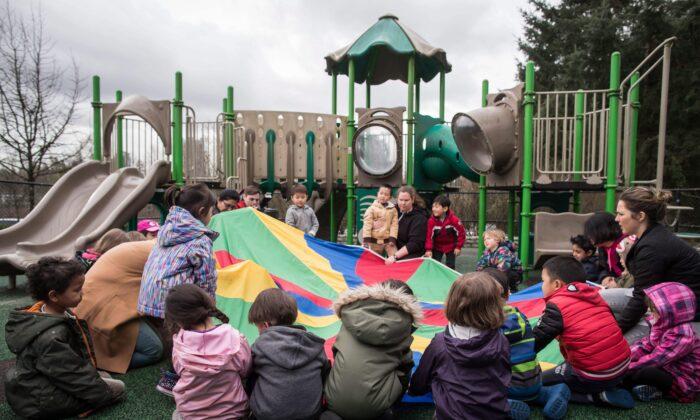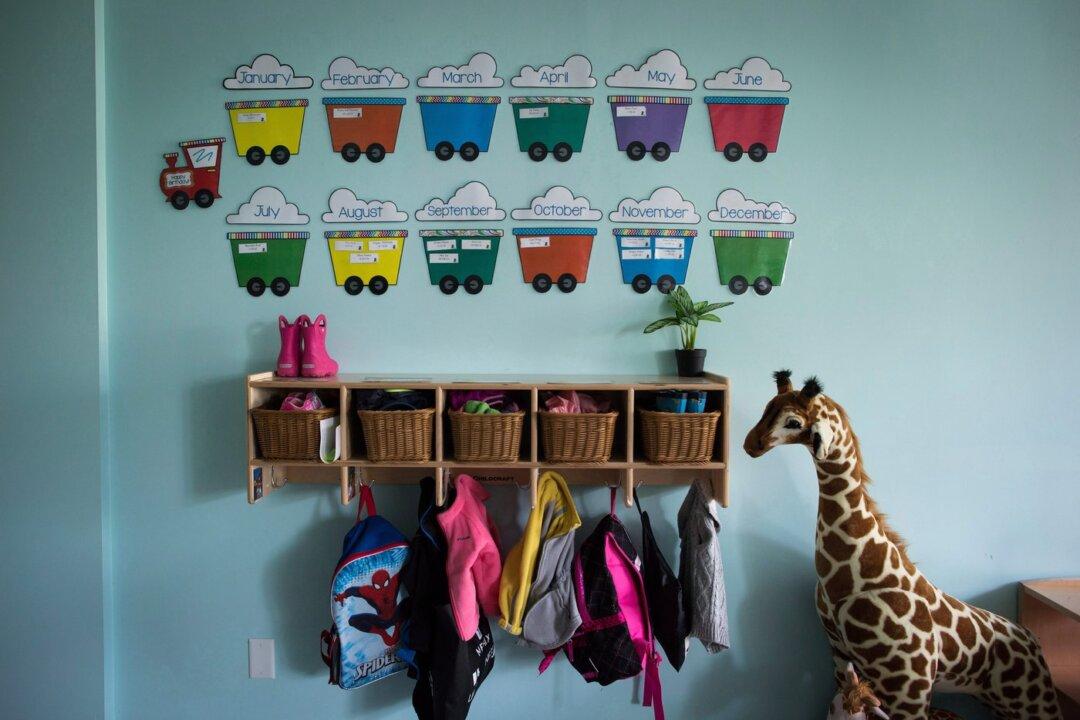Commentary
Earlier this month, the House of Commons Standing Committee on the Status of Women heard testimony about the impact of the federal government’s $10-a-day child care program on Canada’s child care entrepreneurs. The testimony came as part of the committee’s study on women’s economic empowerment, which has examined a wide range of issues impacting women.





